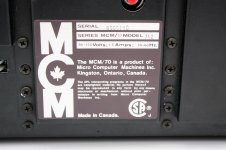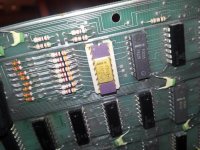falter
Veteran Member
Well if you ever decide to teach a course on acquisition outside of ebay please let me know.  I hate being reliant on that place for the majority of my 'finds'.
I hate being reliant on that place for the majority of my 'finds'.
Really hope you do get it powered up. Would love to see what it does.
I'm curious if the serial tells us anything about how many were likely produced.
Really hope you do get it powered up. Would love to see what it does.
I'm curious if the serial tells us anything about how many were likely produced.



